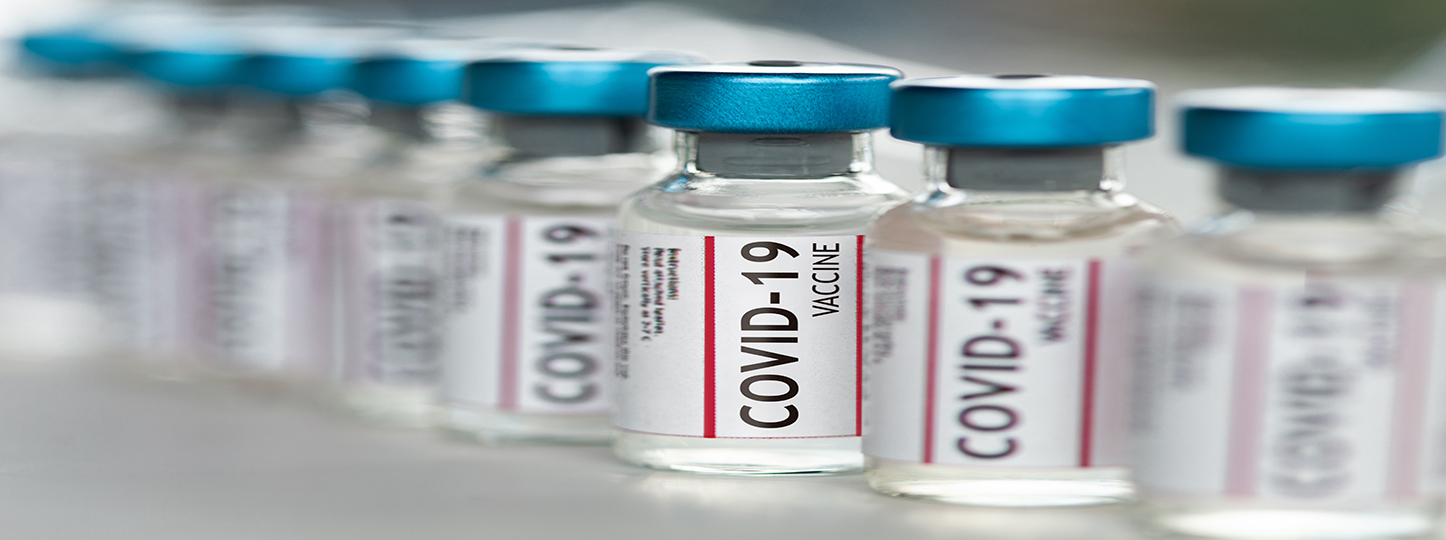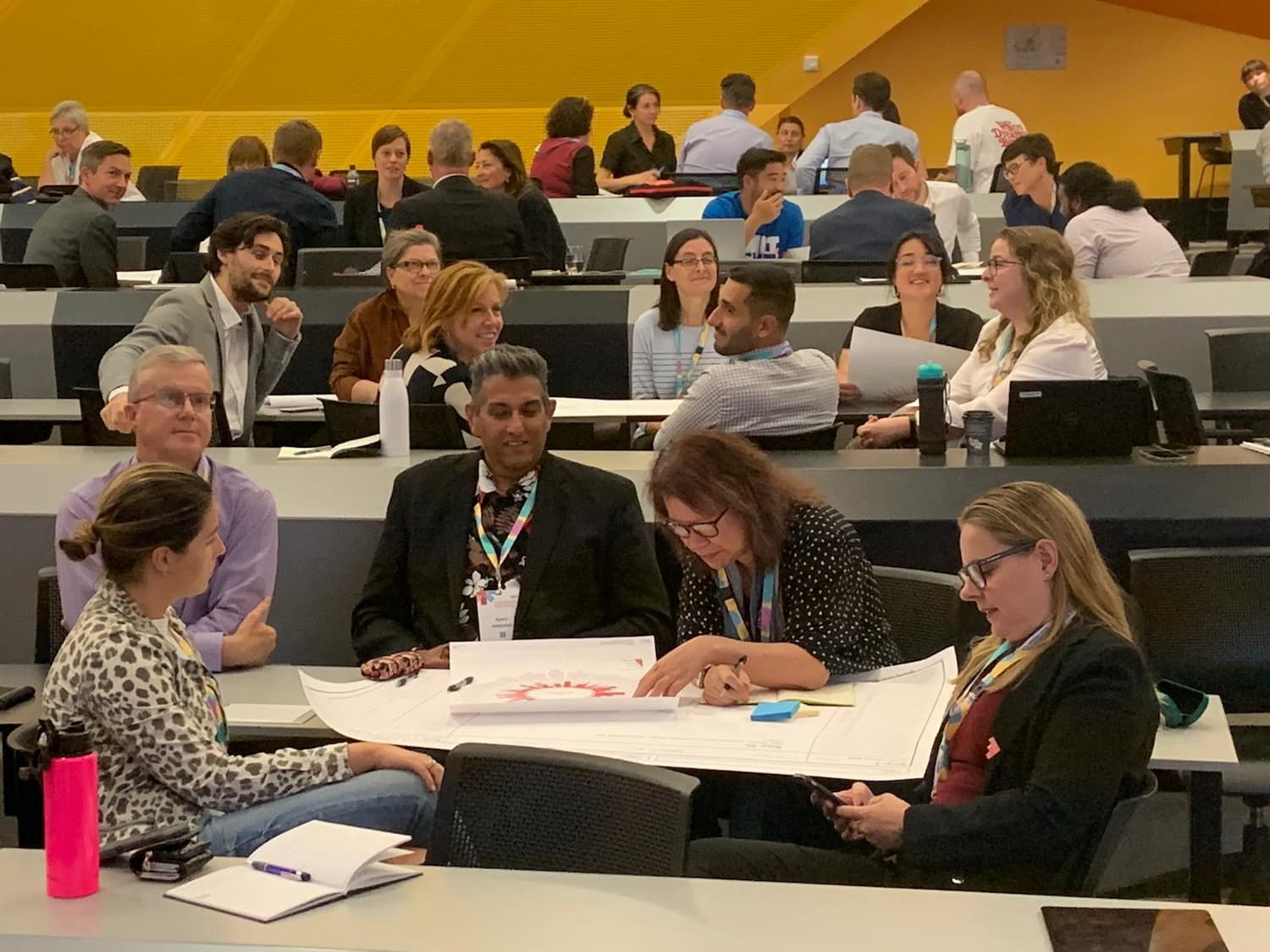How we distribute and administer a COVID-19 vaccine has massive health, social and economic ramifications. Numerous policy and industry reports discussed vaccine distribution as a logistical hurdle given multiple vaccines developed on different platforms and adding various constraints for transportation and storage. None of the previous studies have fully incorporated the multitude of factors and constraints within which vaccine supply chains can be optimized to mitigate the risk of an unvaccinated population.
Motivated by this challenge, the project team, (led by Prof. Babak Abbasi, and Dr. Olga Kokshagina, supported by Dr. Masih Fadaki; Prof. Prem Chhetri; and Prof. Naima Saeed, University of Adger / at the time on secondment to RMIT Australia through the EU Funded OpenInnoTrain Project), initiated our research project in June 2020 (with the initial support from the College of Business and Law and the ECP Post-COVID ReStart Initiative, A Better Work Start (ABWS). ABWS was led by the Global Business Innovation ECP and its Director Prof. Anne-Laure Mention (also Chief Investigator, OpenInnoTrain Project), along with Prof. Ivan Cole, Advanced Manufacturing Fabrication ECP Director, as well as Prof. Rachel Caruso, Advanced Materials ECP Director). By building on the expertise of our interdisciplinary team, we designed a mathematical model based on optimization and decision theories to support the decision of allocating a limited supply of COVID-19 vaccines. The proposed model encapsulates the logistical aspects of both vaccine pack size and trans-shipment of vaccines among medical centres. A tailored allocation mechanism for distributing the vaccine to a diversified range of priority groups and minimizing the residual risk of having unvaccinated people in the community can be used in other settings.
Our model looked at different ways to distribute the COVID vaccine to 6.9 million Victorians, based on the number of residents predicted in 2021. We modelled this using distribution via the state’s 325 medical centres, which can be everything from big-city hospitals to small medical centres in regional areas. We factored into the model that certain sections of the community are at increased risk of exposure (for instance, city dwellers) and others are more susceptible to infection (for instance, aged-care residents and healthcare workers). These people are not uniformly distributed around the state, affecting vaccine distribution logistics.
Our research indicates that the capacity of medical centres, trans-shipment between medical centres, and vaccine packaging size are important factors when it comes to effective vaccination. This research develops guidelines for COVID-19 vaccine distribution and makes recommendations on how healthcare providers and government entities should work together to establish more efficient logistical capability. Based on the simulation model, we developed a web-based interactive tool for teaching analytics concepts and decision-making.
Our model helps decision-makers strike a balance between the cost of building extra capacity to try to achieve population vaccination in a given time scale or accepting a less costly approach that takes more time. Our working paper (shared via SSRN) got recognition as “SSRN working paper Top 10% of Authors” by total new downloads, over a 12-month period, in 2021. As of August 2022 it has been downloaded 1,033 times, with 3,249 views. The results of the project are also showcased in The Conversation (https://theconversation.com/we-modelled-how-a-covid-vaccine-roll-out-would-work-heres-what-we-found-150544 ), World Economic Forum (https://www.weforum.org/agenda/2020/12/covid-vaccine-model-of-distribution ), MSN, Gizmodo Australia.
Contacts
If you would like to know more about this project, please contact Professor Babak Abbasi, (babak.abbasi@rmit.edu.au )
If you would like to find out more about the Global Business Innovation Enabling Impact Platform, please contact the Director, Prof. Anne-Laure Mention anne-laure.mention@rmit.edu.au






